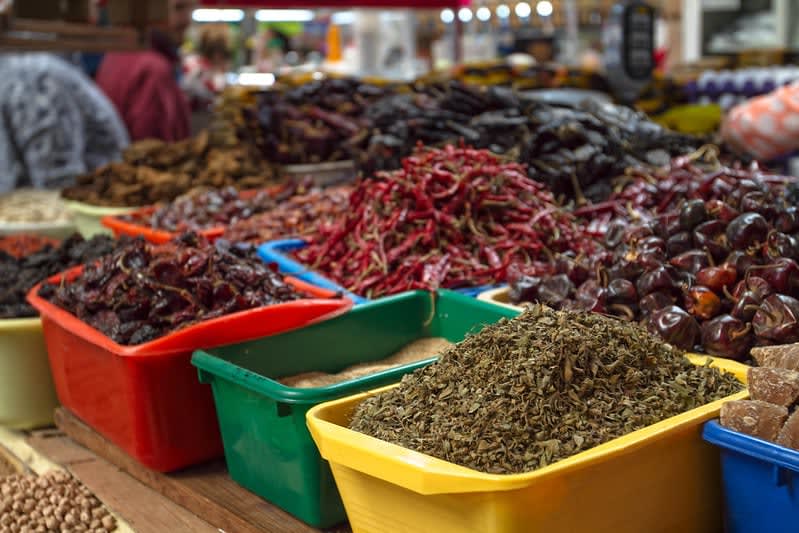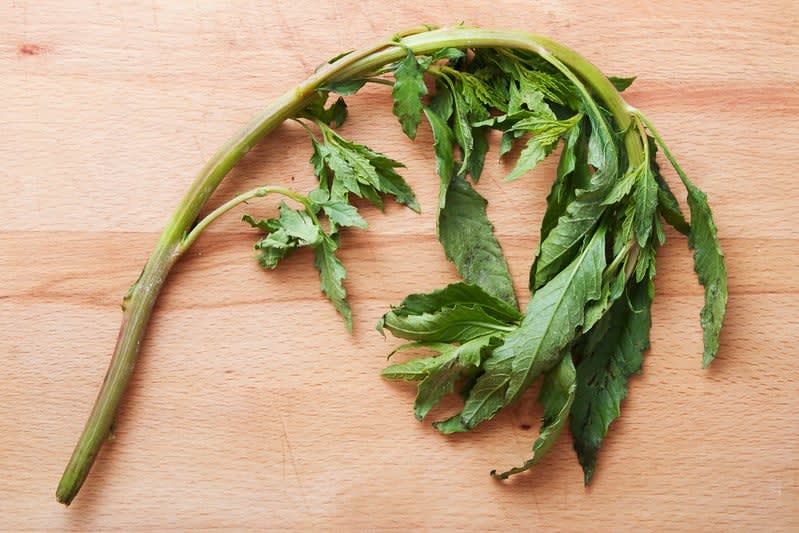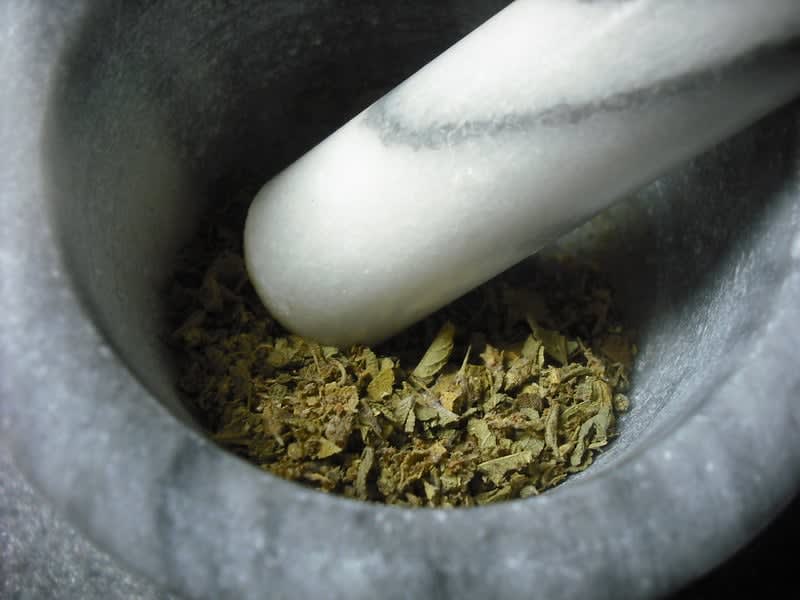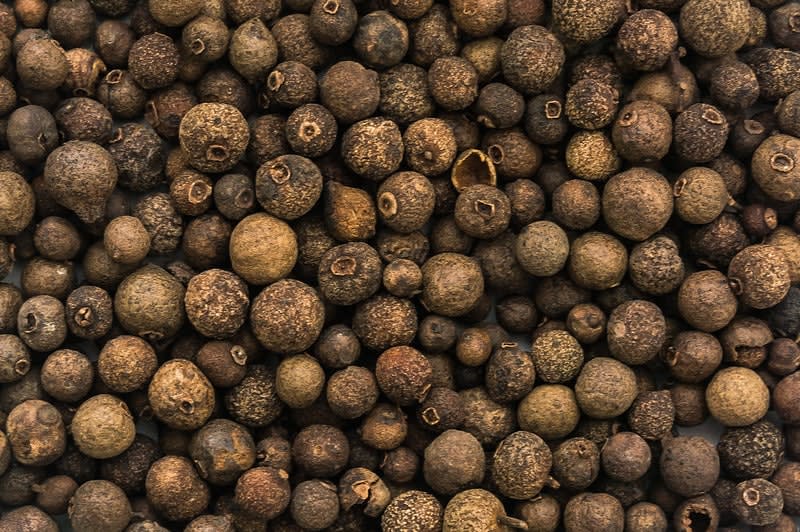Beyond Tacos: 11 Mexican Spices That Will Transform All Your Meals

Beyond Tacos: 11 Mexican Spices That Will Transform All Your Meals
Mexican spices are diverse, spicy, and flavorful. They are the soul of Mexican foods comprising various dishes and culinary techniques.
Although there are infinite variations and ingredients used in Mexican cooking, almost any of the same spices are always used.
Thanks to these spices and the combination of aromas, colors, textures, and flavors, the history of Mexican gastronomy has achieved international recognition.
In fact, Mexican cuisine was declared Intangible Heritage of Humanity by UNESCO in November 2010.
What are the most used spices in Mexico?

Again, Mexico is distinguished by its traditional foods, a true explosion of flavors, freshness, and spiciness.
Undoubtedly, the best way to achieve any of these effects is to use seasonings.
Think of a typical drink in every Mexican home; cafe de olla. Traditionally this is a hot beverage made from water, coffee, cloves, cinnamon, and piloncillo.
Now think of a classic breakfast, the chilaquiles, which uses epazote in the sauce that bathes them.
Main dishes such as cochinita pibil, where the star ingredient is achiote, and of course, the famous moles, a unique preparation that uses more than five spices: cinnamon, pepper, cloves, anise, and sesame.
The 11 most used spices in Mexican food

Spices are the undisputed stars of Mexican cuisine and other typical ingredients such as chili, corn, cocoa, or avocado.
Each spice is characteristic of a specific preparation, so find out which are the most used in Mexican-style cooking.
1. Epazote
This herb has conquered typical Mexican food thanks to its unique aromatic flavor that enhances simple and complex dishes.
Epazote can be used fresh or dried and has a strong and bitter aftertaste.
It is the perfect ingredient for marinades, beans, sauces, moles, and esquites.
2. Cilantro
Although cilantro has become a classic in many Mexican recipes and an essential part of traditional herbalism, it is not native to Mexico.
You may want to read: Mexican Cuisine: Regional Specialties and Signature Dishes
It arrived with the Spaniards, who adopted it after eight centuries of Arab presence in the Iberian Peninsula.
3. Achiote
Also called “Mayan condiment,” it has a reddish-orange color that gives life and flavor to traditional Yucatan foods.
Cochinita pibil and tacos al pastor are some of the most famous dishes in which this spice is used.
It has a strong, slightly spicy, smoky and sweet flavor, so it is used to marinate and give color to meats, fish, and rice-based dishes.
Achiote is sold in powder or paste form and is the preferred spice for stews and sauces in Yucatan.
It is also often used as a natural colorant in cheeses, ice cream, sausages, and dressings.
4. Vanilla
Vanilla is a type of orchid with strong and sweet aromatic characteristics (as long as it is combined with other flavors).
Vanilla is also often used to perfume cocoa drinks.
It earns a place among the favorite spices in Mexican cuisine thanks to the vanilla from Papantla, an area known as “the city that perfumes the world,” and is used in many pastry recipes.
5. Oregano

Oregano is the ingredient par excellence of traditional pozole, one of the favorites during national holidays.
It is also used in preparing dressings, sauces, infusions, and marinating meats or bakery products.
Its Mexican version usually shares the intense flavor of Mediterranean oregano but has a citrus and licorice touch.
Oregano can be used fresh or dried (depending on the dish) and combines well with chiles, cumin, and bell pepper.
6. Cinnamon
Cinnamon is used in countless recipes in Mexican cuisine and is mixed with local elements such as cocoa, chili, and some fruits.
Currently, it is used to flavor drinks and infusions or in desserts and bakeries for its aromatic sweetness.
It can also be used in the preparation of moles and as a seasoning for main dishes and red meats.
7. Cloves
cloves are used whole or ground, but always in small quantities because of their intense acrid, hot, refreshing, spicy, and sweet flavor.
In Mexican gastronomy, it is preferred for seasoning sauces and marinades, but it is also commonly found in meat marinades, desserts, hot drinks, and infusions.
It is also used in the filling of chile en nogada, one of Mexico’s favorite dishes.
8. Avocado leaf
These leaves add a unique flavor to Mexican food; they contain less fat, more protein, fiber, and minerals.
It is commonly used to season beans when epazote is not available.
9. Laurel, one of the leading Mexican spices
This aromatic herb can be used fresh or dried, enhancing meat flavors, fish, and broths.
It is very common in Mexican food spices because of its ability to flavor long-cooking dishes such as broths or marinades.
10. Tabasco Pepper (Pimienta gorda)

Often referred to as the “all spices in one,” this type of pepper is essential in Mexican cuisine, as it has the flavor of different spices such as cinnamon, cloves, black pepper, and nutmeg.
Its spicy side makes it an excellent option for seasoning broth, sauce, stew, or mole.
11. Hoja Santa (sacred leaf)

Also known as “momo leaf” or “tlanepa,” it has a mild and delicious fragrance.
Hoja Santa is used as a condiment to season tamales, fish, and meats.






